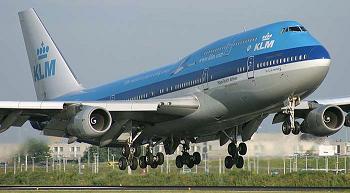
History of freight forwarding by PlainsOn an experimental basis, United Airlines launched a daily cargo service from New York to Chicago on 23rd December 1940, exclusively reserved for express freight and mail. It was operated with DC-3 passenger aircraft, and remained traditional in its commercial approach. It closed down on 31st May 1941.
Although the entry of the United States into the war slowed the growth of civilian airfreight, it brought about a rapid development of military freight. From then on, civilian and military activities were tightly knit. In March 1942, the airlines began to operate the first domestic military freight services under contract. Pennsylvania Central Airlines ran the Washington/Chicago sector, while Continental opened the first transcontinental freight service from San Francisco (California) to Harrisburg (North Carolina). The privilege of providing the first scheduled cargo link goes to a regional airline of modest size: Hawaiian Airlines. This was a civilian service, but directly linked to the new war footing of the United States. After the Japanese attack on Pearl Harbor on 7th December 1941, the sea connections between the different islands in the archipelago were temporarily broken. The Hawaiian Airlines Company was given the job of re-establishing a certain minimum of communications for passengers, mail and urgent freight. After receiving United States Air Cargo Certificate No 1 from the CAB, it began to operate a little "inter-island cargo network" on 20th March 1942, with the aid of two converted Sikorsky amphibian aeroplanes.
After interrupting its "one-way line" from New York to Chicago at the end of May 1941, United operated a new New York/Chicago/Salt Lake City cargo service for seven months, between November 1942 and June 1943. It achieved its goal on 16th October 1943 when it established its first scheduled civilian transcontinental cargo service from New York to San Francisco using Douglas DC-3 Cargoliners. Although it was a civilian service, it was of course primarily devoted to the requirements of the war effort.
American Airlines could not remain in the background for long. In reply to the operational initiative from United, it countered with a commercial innovation. On 14th September 1944, it threw off the yoke of the Railway Express Agency, and published the first airfreight tariff in the modern sense of the word: "American Airlines Airfreight tariff No 1". 4 United Airlines, which up to that point had shown a certain amount of institutional caution,speeded its pace and published its own first "tariff" in February 1946. In the meantime, in July 1945, American Airlines and TWA had started up their own transcontinental freight service.
Airfreight became the up-and-coming new sector for the American companies. They threw themselves into it with enthusiasm. Airfreight has its own characteristics and philosophy. Nowhere else is it possible to gain better insight into its true nature than in a remarkable brochure, much ahead of its time, published in 1944 by American Airlines. In particular, one section reads:
"Airfreight is designed to move merchandise at air speed in a regular flow on a volume basis. A new fleet of air-freighters is coming - with large capacity for Air Age distribution needs. But it is not too early to investigate possibilities now, so you'll be ready when war restrictions end. We invite you to take advantage of the services of our sales engineering staff now, because it sometimes takes months to engineer for airfreight, to determine its potential benefits for any particular commodity."
In addition to this visionary text, many more superficial documents were predicting a glorious future for airfreight. Some even announced that "the time is not far off when airfreight will attain passenger volume in revenue and then go beyond". Others imagined transporting raw materials by air:
"Most of the nations of the world will become America's next-door neighbors in the post-war air age, when vast fleets of sky giants make regular ports of call, bearing processed goods, raw materials and passengers of the 'Air Ocean' for transportation makes every community in the world a port. There is no shoreline in this air ocean, the harbor is any space large enough to land a plane. For example, rubber from South America need not be carried to New York, then sent by surface transportation to a tire factory in Ohio. In the future it can be carried by air from South America and unloaded alongside the tire plant."
This text did not come from just anybody: it was signed "Jack Frye", the prestigious President of TWA. For many, there was confusion between the hard necessities of a war economy and the rules of an economy at peace. The greater the illusion, the deeper the fall and the disappointment.
The author, Camille Allaz, served as Senior Vice President Cargo at Air France/KLM for 10 years which gave him an insiderís close-up view of his subject, a privilege not enjoyed by many historians.
Have you still questions about our services, please, send us an

|
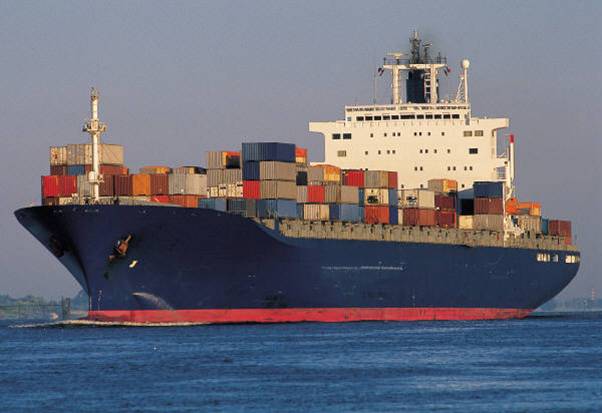
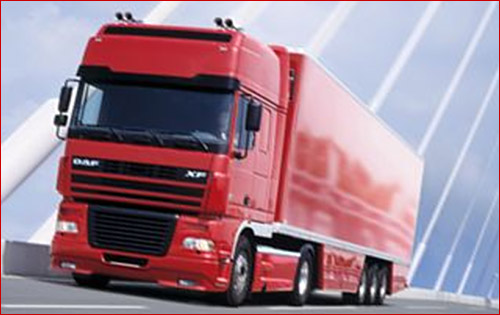
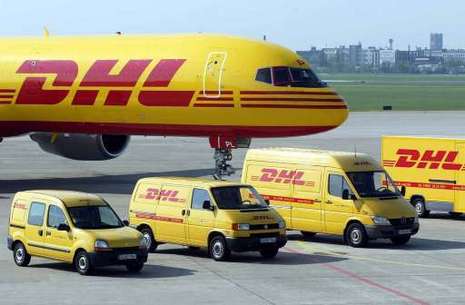
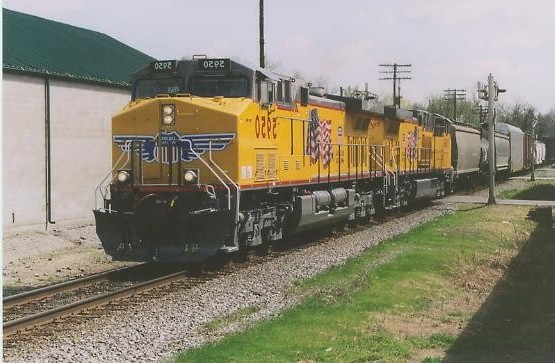
|
|
 |






